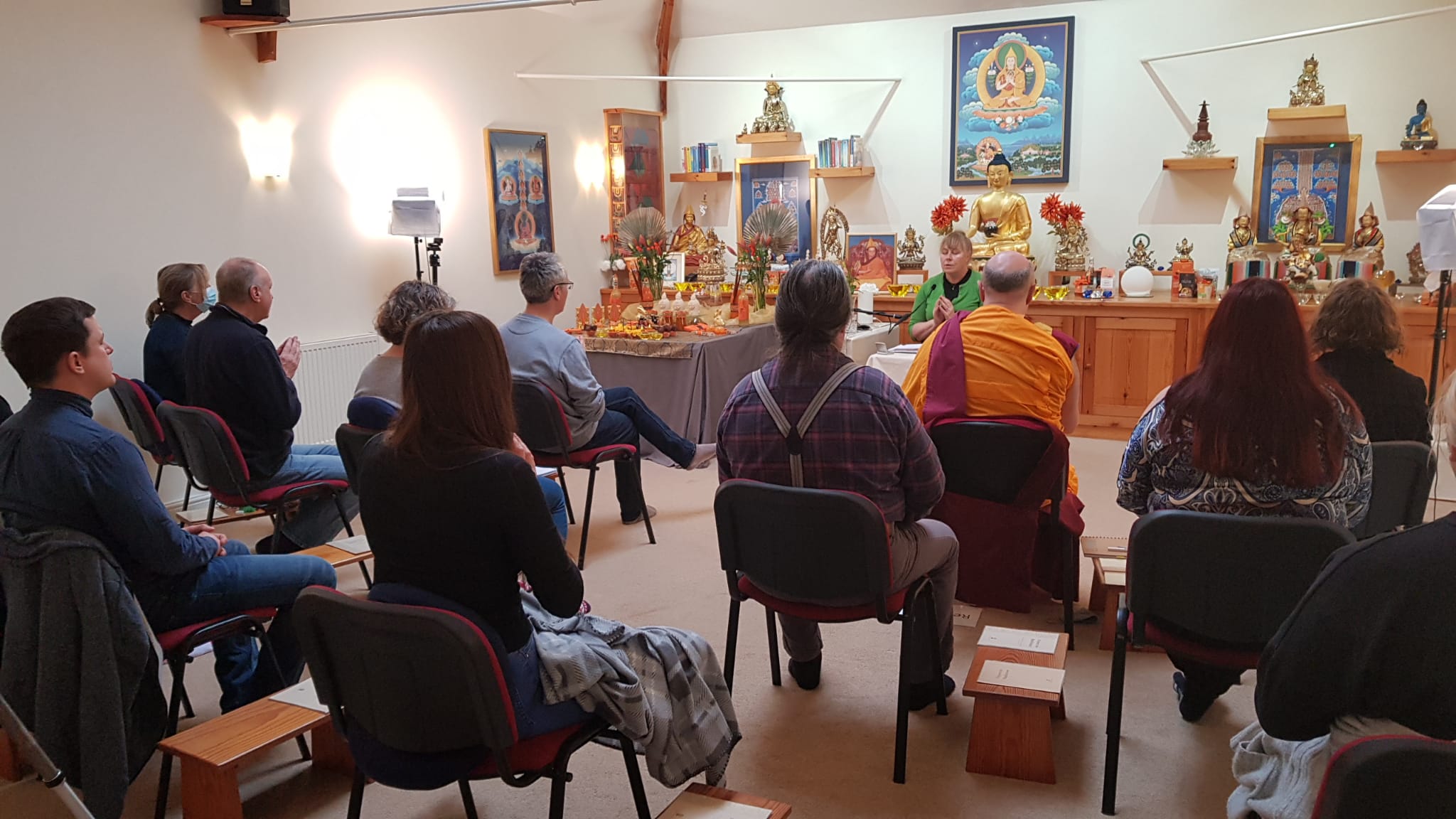How to Make Your Holiday More About Experiences and Less About Gifts
If you’ve been dreaming about shifting away from toys and presents for the holidays, here’s the guide you’ve been looking for. For one of our most memorable Christmases as a family, we skipped gifts and made a getaway to...


If you’ve been dreaming about shifting away from toys and presents for the holidays, here’s the guide you’ve been looking for.
For one of our most memorable Christmases as a family, we skipped gifts and made a getaway to the charming village of Mendocino, on the northern California coast. We visited the botanical gardens, rode the Skunk Train through redwood forests, and savored fantastic ocean views (coastal California has less fog in winter than summer, and the sunsets are remarkable). We spent afternoons at the beaches, book stores, and art galleries, and evenings playing board games in front of our in-room fireplace. I brought our crèche set, and we set it up and read the story of Jesus’ birth on Christmas Eve.
On Christmas morning everything was closed, but we strolled down Main Street, bundled in jeans and warm hoodies and enjoying the pale winter sun. Suddenly a door opened, and the proprietor of the ice cream shop asked if we’d like free cones! Of course we said yes to locally-made ice cream, a treat for Christmas morning.
ARE YOUR KIDS ON TOY OVERLOAD?
You’ve seen your four-year-old take every toy out of the cupboard or off the shelf, play with it for a minute, then leave it on the floor to get something else. In 15 minutes the floor is covered with just about every toy she owns, and she still hasn’t settled down to any kind of focused, creative play.
That’s toy overload.
It gets worse if you think she’s simply bored with all that she has, and you make up a reason to buy something new. After all, you need to finish the laundry and fix dinner – you don’t have time to try to get her interested enough to entertain herself.
I say you make up a reason, because it’s not her birthday. It’s a Tuesday in early November, but you think this new toy will make her happy and keep her engaged. And it does – for a little while. Then like every other purchase (and like many of the purchases you make for yourself), it loses its luster. It was new and exciting for a while, but now it’s just part of everything your child owns.
This especially happens with tie-in toys (like Frozen dolls or Avengers action figures) because children tend to let the movies dictate the behavior of the toys. Same thing with electronic toys and their push buttons and recorded noises. They attract a lot of attention, but they let your child be the passive recipient of whatever bells and whistles the toy has to offer. He doesn’t control the play – the toy does. And all electronic toys tend to make kids solitary and sedentary.
Even some more traditional toys have started to strip the creativity out of play time. Lego, for example, used come as a box of various bricks, windows, doors, wheels, and more, and children could spend hours creating whatever their minds dreamed up. Now the vast majority of Legos come with very specific pieces designed to build a model someone else thought of. There’s nothing wrong with model-building, but traditional Legos were a fantastic, completely open-ended toy, and the modern branded sets are much more confining.
When kids are flooded with toys all the time (including all of those Happy Meal freebies), it can be overwhelming. Think about how you feel when you’re faced with too many choices. It’s hard to know which is the highest quality or the most satisfying. Kids can feel the same kind of confusion.
Having fewer toys actually encourages deeper play, with more creativity. Children try out different ways to use the toy, which enhances cognitive development and problem-solving skills.
WHAT KIDS REALLY WANT
Kids want your time and attention. They want to bond with you and their siblings. The best way to do that is with rituals, traditions, and shared memories.
The weekly movie night, the special cookies you make and decorate together for every occasion, the mealtime prayers, the bedtime stories or songs, the hugs and fist bumps that you always share when you say goodbye or come home after a day at work or school – these things are what make your family a unique organism. The silly nicknames you share, the games you play, the tradition of taking a picture by your front door on the first day of school – whatever experiences you can build into your daily interactions become precious and memorable.
Even after my kids were teenagers, I would make treasure hunts for them with silly riddles or rhymes, or with “heroic tasks” they had to complete in order to receive the next clue. We might have just two or three gifts for each of them for Christmas, but the search for those gifts made it exciting and unforgettable. “Roses are red, violets aren’t green, look for the next clue where tea bags are seen.” True doggerel, but it sent my son to the cupboard where Earl Grey lives. “Name at least four of Santa’s reindeer” or “Say ‘Merry Christmas’ in a foreign language” would test my daughter’s memory and let her “earn” the next clue.
EXPERIENCES BRING MORE HAPPINESS THAN POSSESSIONS.
Research shows that anticipation of an experience is more enjoyable than looking forward to buying something. I’m sure you can recall being excited about going to a concert or taking a trip. Part of the fun is looking forward to the event. But when you have to wait before you make a purchase, the feeling is more like impatience than expectation. That’s not nearly as pleasurable.
Buying something new (or receiving something new) can also bring a brief spurt of pleasure, but a happy experience is something to recall and talk about for many years. And if you share the experience with friends or loved ones, you share the enjoyment too. It becomes part of your joint history and strengthens your relationship.
The great thing about a shared experience is that it doesn’t have to be expensive or exotic for it to be memorable. Spending time at that park with the really cool play structure and shady picnic area, attending the annual Chinese New Year parade, or crafting Christmas ornaments can all form part of your family’s favorite experiences.
START FOCUSING ON EXPERIENCES NOW.
Plan a family meeting, and talk about whether you could still have a happy holiday even if you didn’t have any presents. What would you do to celebrate?
• visit grandparents or other relatives
• go Christmas caroling
• go to a rural Christmas tree farm
• watch holiday movies together
• make s’mores around the backyard fire pit
• go stargazing
• decorate a gingerbread house
• sleep on the living room floor with the Christmas tree lights on all night
• hand make holiday cards for teachers, babysitters, grandparents, etc.
• go around the neighborhood collecting unused coats and sweaters to give to a homeless shelter
• plan a holiday-themed scavenger hunt for your friends
• attend your school or church Christmas program
• go ice skating or sledding
• read a “wintry” chapter book aloud, such as The Lion, the Witch, and the Wardrobe by C. S. Lewis, The Long Winter by Laura Ingalls Wilder, or Greenglass House by Kate Milford
• drive around and look at holiday light displays
As you can see, there are plenty of fun experiences to share even if you don’t plan a family getaway. But go ahead and talk about the possibilities for that as well. Depending on your budget, you might be able to rent a mountain cabin or visit an amusement park. And consider a membership at the zoo or a museum to make memories all year long.
AN IDEA WHOSE TIME HAS COME
When you ask people what they got for gifts last holiday season, most can’t remember even one. But when you invest in life experiences, you’re making lasting memories. Most of us don’t need more stuff, but we can always use more time together.
Make this holiday more memorable for your family by focusing on experiences instead of gifts.
***
About the Author: Karen Trefzger is a writer, singer, teacher, wife, mother, and grandmother who has been choosing a simpler life for over 20 years. She is the author of several books about minimalism, and blogs at Maximum Gratitude Minimal Stuff.

 Hollif
Hollif 































